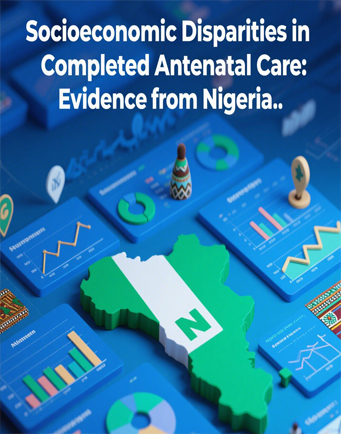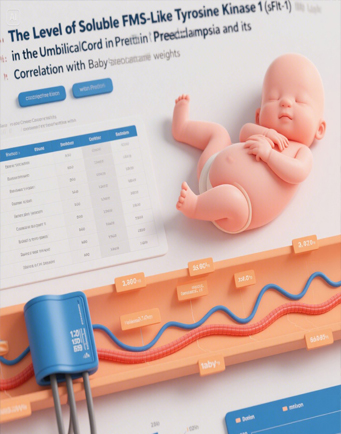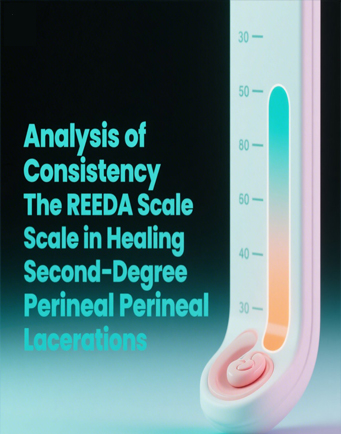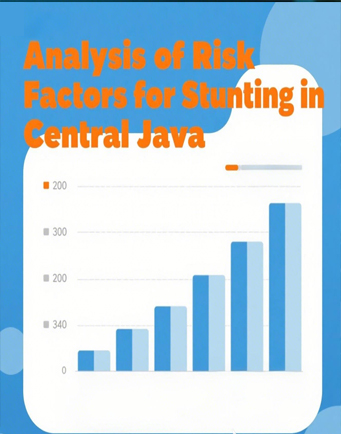Analisis Faktor Faktor Terhadap Kejadian Filariasis Type Wuchereria Bancrofti, Dan Brugia Malayi Di Wilayah Kabupaten Manggarai Timur Tahun 2016
Downloads
Filariasis is a chronic infectious disease caused by filarial worms and transmitted by Mansonia, Anopheles, Culex, Armigeres mosquitoes. Living microfilariae are channeled and lymph nodes and cause inflammation of lymph node channels. This disease is one of the serious public health problems in Indonesia. Almost all regions of Indonesia are filariasis-endemic areas, especially in Eastern Indonesia which has a higher prevalence. The purpose of this study was to determine the factors associated with the incidence of filariasis in Pota District, East Manggarai Regency in 2016. The location of this study was carried out in Pota Subdistrict, East Manggarai Regency, with sampling in 4 villages conducted for approximately 2 months, namely in September to October 2016. This study used a descriptive survey method and finger blood survey to see the description of physical environmental factors and behavior of the head of the family in filariasis disease and type of microfilariae. Independent variables (free), which are included in this variable are environmental factors and behavior of the family head with indications of the physical environment (temperature, humidity, place of breeding of family mosquitoes and mosquito resting places) and the behavior of the head of the family which consists of knowledge and attitudes (knowledge of disease Filariasis: Dependent variable (bound) or variable Y which is expected to experience changes due to the influence of independent variables included in this variable is the incidence of Filariasis Disease. The population in this study were all family heads in Pota District, totaling 4570 populations, with Sampling technique is proportionally 154. Data is processed and analyzed descriptively presented in the form of frequency distribution tables of each independent variable with a 95% confidence level (α = 0.05). The results of this study indicate that the four factors include environment, work, Air humidity, per Night effects significantly have a risk of filariasis transmission (p> 0.05). Of the various species found two types of filariasis species namely Wuchereria Bancrofti and Brugia malayi. The conclusion from the results of this study can be concluded that the incidence of filariasis in Sambi Rampas subdistrict, East Manggarai Regency was caused by environmental factors, occupation, air humidity, human behavior and all blood survey samples found (100%) positive for filariasis Wuchereria Bancrofti and Brugia Malayi.
Anish Chandy, Alok Singh Thakur, Mukesh Pratap Singh, Ashish Manigauha. .2012: Review of Neglected Tropical Diseases: filariasis, Asian Pacific Journal of Tropical Medicine (2011)581-586
Asri Maharani, Bagus Febrianto, Sapto P, Widiarti, Studi Faktor Risiko Filariasis Di Desa Sambirejo, Kecamatan Tirto Kabupaten Pekalongan Jawa tengah, Rinbinkes. BPVRP-Salatiga, 2006
B.E.B. Nwoke, E. A. Nwoke, C.N. Ukaga and M. I. Nwachukwu. 2010. Epidemiological characteristics of Bancroftian filariasis and the Nigerian environment. Journal of Public Health and EpidemiologyVol. 2(6), pp.113-117
Chin, J. Manual Pemberantasan Penyakit Menular. Editor: dr. I. Nyoman Depkes RI, Buku pegangan alat Bantu. Ditjen PP&PL, Jakarta, 2006
Depkes RI, Epidemiologi Filariasis, Ditjen PP & PL, Jakarta, 2006
Depkes RI, Modul Pemberantasan vektor, Dirjen PPM dan PL, 2003
Depkes RI, Pedoman Penentuan Dan Evaluasi Daerah Endemis Filariasis, Ditjen PP & PL, Jakarta, 2005
Depkes RI, Pedoman Penatalaksanaan Kasus Klinis Filariasis, DitjenPP&PL, Jakarta, 2006
Depkes RI, Pedoman Promosi Kesehatan Dalam Eliminasi Filariasis, Ditjen
Dinas Kesehatan Kabupaten manggarai Timur. Laporan Tahunan Dinkes kabupaten Manggarai Timur
Edwin Michael, Mwele N. Malecela, Mihail Zervos and James W. Kazura. 2008. Global Eradication of Lymphatic Filariasis: The Valueof ChronicDisease Control in Parasite Elimination Programmes. Vol 3, Issue 8. e2936
Huda, Studi Komunitas Nyamuk Tersangka Vektor Filariasis di Daerah Endemis Desa gondanglegi Kulon Malang Jawa Timur, Tesis, Institut Perrtanian Bogor.2002. Jakarta,1990
Kadarusman, Faktor-faktor yang berhubungan dengan kejadian filariasis di desa talang Babat Kecamatan Muara Sabak Kabupaten Tanjung Jabung Timur Propinsi Jambi. FKM-UI2003. Kandun, CV. Infomedika, Edisi 17 Cetakan II, Jakarta, 2006
Nasry Noor, Pengantar Epidemiologi Penyakit Menular, RinekaCipta, 2006
Njeri Wamae, Sammy M. Njenga, Wilfred M. Kisingu, Pauline W. Muthigani and KaranjaKiiru. 2006. Community-directed treatment of lymphatic filariasis in Kenya and its role in the national programmes for elimination of lymphatic filariasis African Journal of Health Sciences, Volume 13, Number1-2, January-June 2006
Notoatmodjo, S, 1997. Ilmu Kesehatan Masyarakat, Jakarta, Rineka Cipta. PP&PL, Jakarta, 2006
Ranganath, B.G. 2014. Lymphatic Filariasis Elimination: Operational Research–Needofthe hour. Journal of Clinical and Biomedical Sciences. Biomedicine;4(2):265-66
Soedarto, Penyakit-Penyakit Infeksi Di Indonesia, Widya medika
Copyright notice
Ownership of copyright
The copyright in this website and the material on this website (including without limitation the text, computer code, artwork, photographs, images, music, audio material, video material and audio-visual material on this website) is owned by JURNAL INFO KESEHATAN and its licensors.
Copyright license
JURNAL INFO KESEHATAN grants to you a worldwide non-exclusive royalty-free revocable license to:
- view this website and the material on this website on a computer or mobile device via a web browser;
- copy and store this website and the material on this website in your web browser cache memory; and
- print pages from this website for your use.
- All articles published by JURNAL INFO KESEHATAN are licensed under the Creative Commons Attribution 4.0 International License. This permits anyone to copy, redistribute, remix, transmit and adapt the work provided the original work and source is appropriately cited.
JURNAL INFO KESEHATAN does not grant you any other rights in relation to this website or the material on this website. In other words, all other rights are reserved.
For the avoidance of doubt, you must not adapt, edit, change, transform, publish, republish, distribute, redistribute, broadcast, rebroadcast or show or play in public this website or the material on this website (in any form or media) without appropriately and conspicuously citing the original work and source or JURNAL INFO KESEHATAN prior written permission.
Permissions
You may request permission to use the copyright materials on this website by writing to jurnalinfokesehatan@gmail.com.
Enforcement of copyright
JURNAL INFO KESEHATAN takes the protection of its copyright very seriously.
If JURNAL INFO KESEHATAN discovers that you have used its copyright materials in contravention of the license above, JURNAL INFO KESEHATAN may bring legal proceedings against you seeking monetary damages and an injunction to stop you using those materials. You could also be ordered to pay legal costs.
If you become aware of any use of JURNAL INFO KESEHATAN copyright materials that contravenes or may contravene the license above, please report this by email to jurnalinfokesehatan@gmail.com
Infringing material
If you become aware of any material on the website that you believe infringes your or any other person's copyright, please report this by email to jurnalinfokesehatan@gmail.com.





































